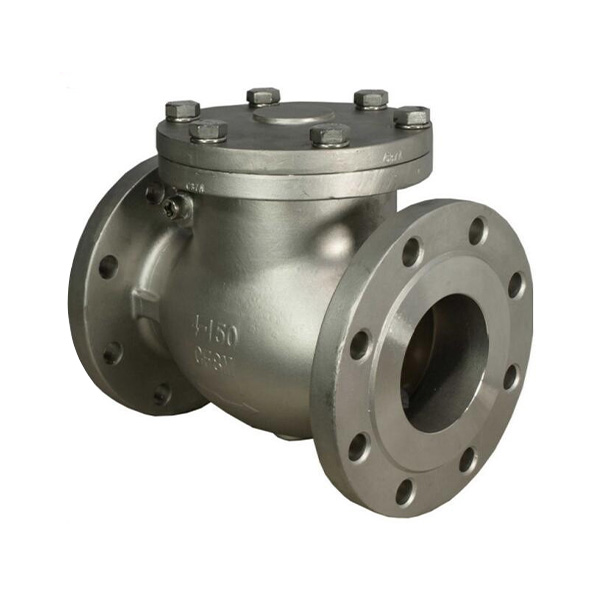Mobile:+86-311-808-126-83
Email:info@ydcastings.com
metal fabricators
The Role of Metal Fabricators in Modern Industry
In the ever-evolving landscape of modern industry, metal fabricators play a crucial role that often goes unnoticed by the average consumer. From the sleek chassis of a car to the intricate scaffoldings used in construction, metal fabrication is at the heart of many sectors, including automotive, aerospace, construction, and even art. This article delves into the significance of metal fabricators, the processes they employ, and the future of this essential industry.
Understanding Metal Fabrication
Metal fabrication is the process of building metal structures and components from raw materials. This involves various techniques such as cutting, bending, welding, and assembling metal sheets and parts. Metal fabricators may work with a range of materials, including steel, aluminum, copper, and other alloys, each chosen for its specific properties and suitability for different applications.
The fabrication process typically begins with design. Engineers and fabricators work together to create detailed blueprints that outline the specifications, dimensions, and required tolerances for the metal components. Computer-aided design (CAD) software plays a crucial role in this stage, allowing for precision in design and the ability to visualize the final product before physical fabrication begins.
Key Processes in Metal Fabrication
1. Cutting One of the first steps in metal fabrication is cutting the raw metal to the desired size and shape. This can be achieved through various methods, including laser cutting, plasma cutting, and waterjet cutting. Each method has its advantages, such as precision, speed, and the ability to cut through various thicknesses of materials.
2. Bending After cutting, manufacturers may need to bend the metal to create specific angles or shapes required by the design. This is typically done using press brakes, which apply force to the metal to create bends at predetermined angles.
3. Welding Welding is a vital part of the fabrication process, where metal pieces are permanently joined together by melting the edges and fusing them. Different welding techniques, such as MIG (Metal Inert Gas) and TIG (Tungsten Inert Gas), are used depending on the materials and the application. The skill and technique of the welder significantly impact the strength and durability of the final product.
4. Finishing Once the metal pieces are fabricated, they often undergo a finishing process. This can include sanding, grinding, or coating to enhance appearance and protect against corrosion. Finishing processes are crucial, especially in industries where aesthetics and durability are both essential, such as in automotive or architectural applications.
metal fabricators

The Importance of Metal Fabricators
Metal fabricators contribute significantly to the economy by supplying essential parts and structures used in various industries. They support the production of machinery, vehicles, and infrastructure, aiding in the development and maintenance of a wide array of products and services that society relies on daily.
Moreover, metal fabrication is vital to innovation. As industries strive to become more efficient and sustainable, fabricators often find themselves at the forefront, adapting to new technologies and materials. The rise of automation and digital fabrication techniques, such as 3D printing, is transforming the industry, allowing for faster production times and more complex designs.
Challenges Facing the Metal Fabrication Industry
Despite its importance, the metal fabrication industry faces several challenges. Rising material costs, labor shortages, and increased competition from overseas manufacturers can pressure local fabricators. It is crucial for these businesses to remain agile, embracing new technologies and methodologies to stay competitive.
Additionally, environmental concerns are becoming increasingly prominent. As industries seek to reduce their carbon footprints, metal fabricators must adopt more sustainable practices, such as recycling scrap metal and utilizing energy-efficient machinery.
The Future of Metal Fabrication
The future of metal fabrication looks promising, with ongoing advancements in technology paving the way for new possibilities. The integration of artificial intelligence and the Internet of Things (IoT) is expected to enhance process efficiencies, predictive maintenance, and quality control. As industries continue to evolve, metal fabricators will undoubtedly play a pivotal role in shaping a more innovative and sustainable industrial landscape.
In conclusion, metal fabricators might work behind the scenes, but their impact on modern society is profound. As we advance into a future defined by rapid technological change, the significance of skilled metal fabrication will only continue to grow, making it an essential component of industrial progress.
-
Understanding Metal Casting TechniquesNewsApr.02,2025
-
Understanding Exhaust Manifolds for Enhanced Engine PerformanceNewsApr.02,2025
-
The World of Metal FabricationNewsApr.02,2025
-
Key Components for Pump and Turbo EfficiencyNewsApr.02,2025
-
Essential Tools for Automotive Maintenance and RepairNewsApr.02,2025
-
Durable Valve Components for Effective Water ManagementNewsApr.02,2025











